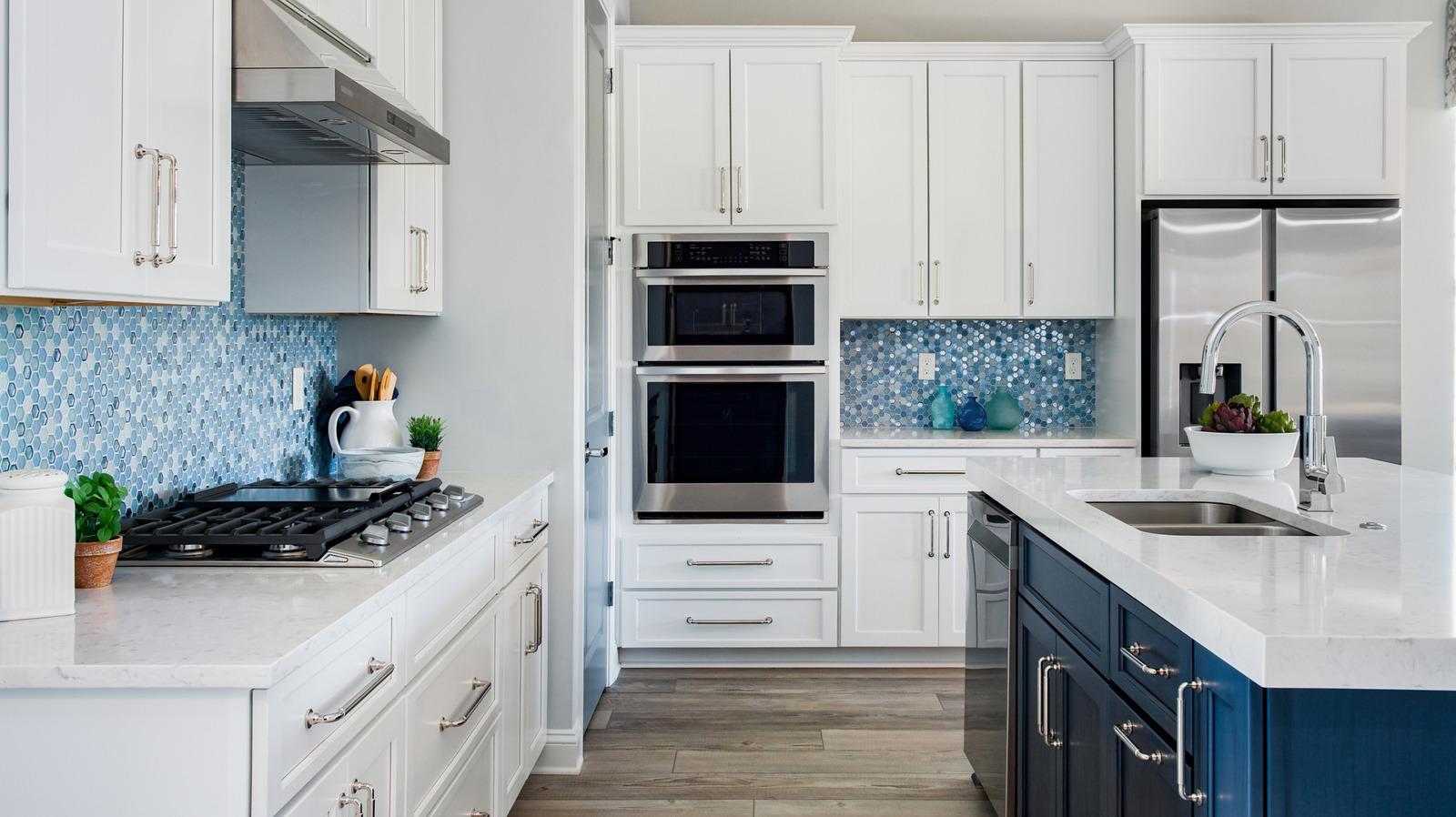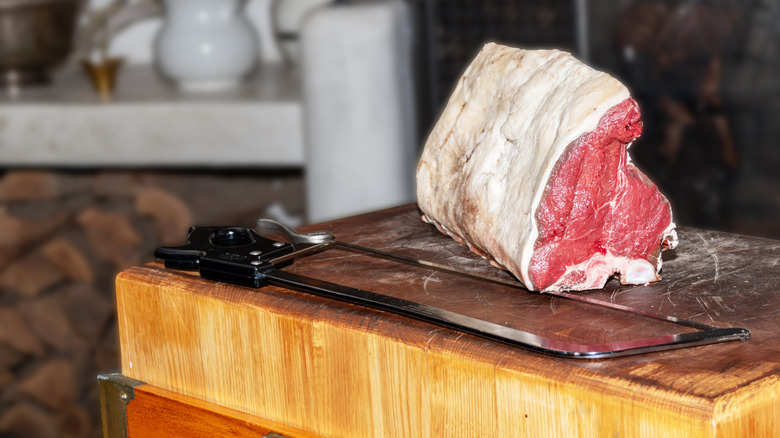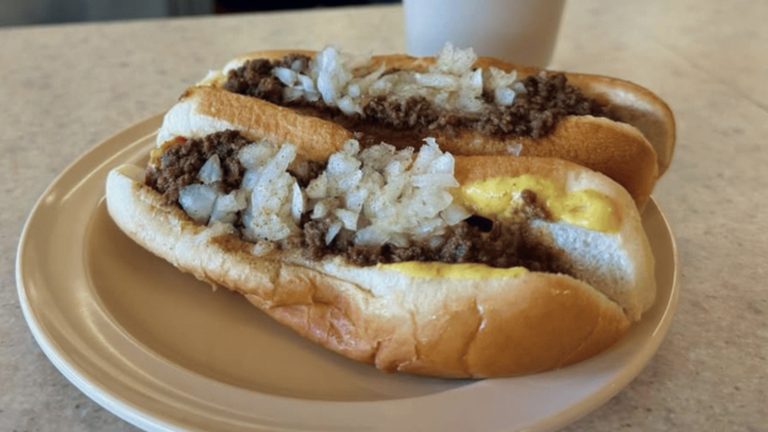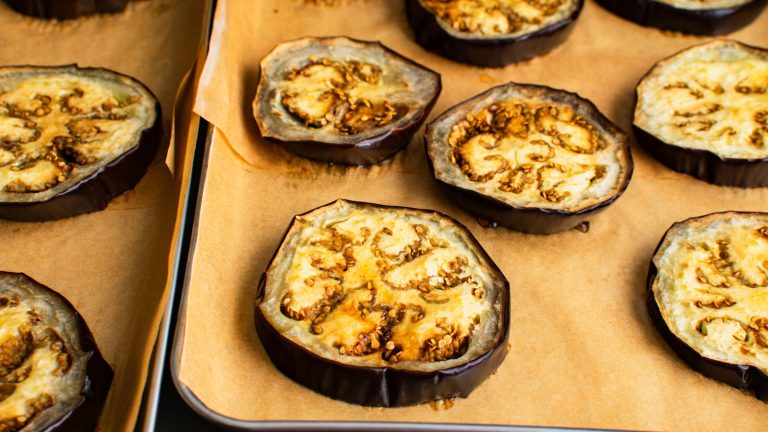We spend a lot of time in the kitchen, so it’s only natural that we want the space to be as stylish as possible. Whether you’re preparing gourmet meals on a daily basis or only stepping foot in the kitchen to go from the refrigerator to the microwave, heating a cup of the microwavable mac and cheese brand we always have on hand, you can’t avoid it. Having an island in your kitchen can create that unique dynamic and versatility that most chefs only dream of, but maybe you’re still hoping to add a little more surface area for prep work.
You can easily extend that kitchen island without breaking ground on major renovations by sticking a butcher block prep table on the end. These four-legged tables made from butcher block can range in size, so there are plenty of options to fit whatever space you have. Not only will this manageable addition give you extra space to utilize those tips for the perfect homemade sushi night, but it’ll also make room in your cabinets since you won’t have to store a pesky cutting board ever again. Plus, the warm browns of a butcher block can bring warmth into an otherwise cold, granite-filled kitchen, since country kitchens are all the rage these days.
Exploring the practicality of a butcher block
Butcher blocks have been an essential part of the kitchen for hundreds of years, with humble beginnings as simple tree stumps or fallen logs carved into a usable surface area. Today, the execution looks a little bit different, but the concept and materials remain the same. Modern butcher blocks are typically made from strips of wood carved into sleek strips, then fused with glue and a lot of pressure. The most popular types of wood for butcher blocks tend to be maple, oak, or walnut, each selected for their strength, durability, color, and grain. Due to the abundance of maple trees in North America, early versions of butcher blocks were also made of maple.
Rolling a butcher block to the end of your kitchen island can be an extremely convenient addition for food prep, but the original concept developed out of a necessity to prepare a workspace suited to meet the needs of butchering large animals. The blocks would often come in thicknesses up to five inches and weigh upwards of 400 pounds, but we’ve scaled things down over the years, so modern butcher blocks and prep tables are typically 1½ to 2 inches thick and weigh much less. Butcher block surfaces require regular maintenance —such as wiping down with warm water and mild soap and frequently resealing with mineral oil — but the benefits to your kitchen outweigh the chores of upkeep.






